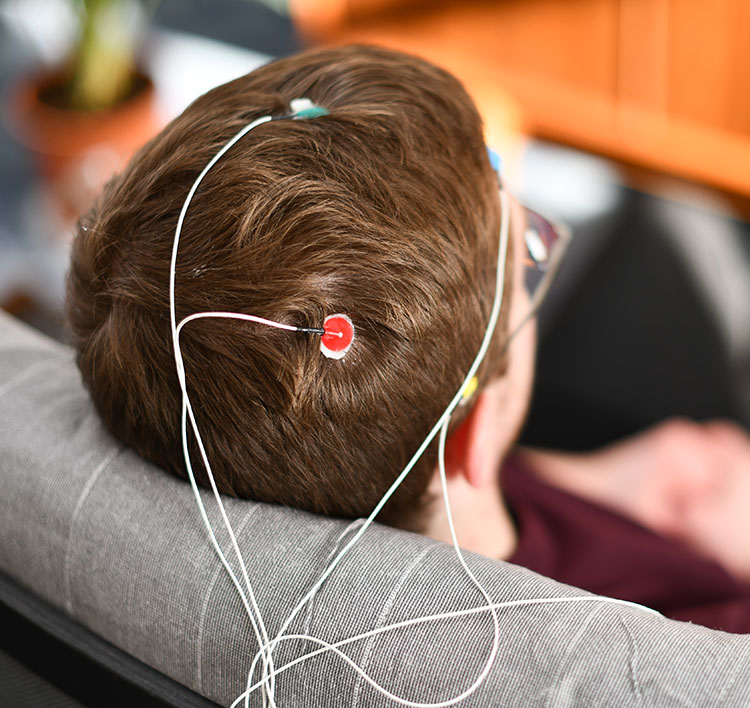Harnessing the Potential of Bio Feedback to Transform Persistent Discomfort Management and Improve Quality of Living
Harnessing the Potential of Bio Feedback to Transform Persistent Discomfort Management and Improve Quality of Living
Blog Article
Persistent discomfort is a syndrome that affects millions of individuals around the world. It can be caused by multiple factors, including traumas, diseases, or even anxiety. For many individuals, controlling chronic pain can be a daily struggle that affects their quality of life. Conventional treatments often include medications, physiotherapeutic therapy, and sometimes surgery. However, these methods do not always offer the relief that individuals seek. Lately, biofeedback has surfaced as a promising option for controlling chronic pain and improving overall well-being.
Biofeedback is a method that teaches patients how to control certain bodily processes by using indicators from their own bodies. This approach involves employing sensors that monitor physiological responses such as heart rate, muscle tension, and skin temperature. By offering real-time feedback, individuals can learn to identify their body's reactions to pain and stress. This awareness allows them to formulate strategies to manage their pain more efficiently. For example, if a patient observes that their muscle tension increases when they are in pain, they can utilize relaxation techniques to help reduce that tension.
One of the key benefits of biofeedback is that it empowers individuals to take an proactive role in their pain control. Instead of depending solely on drugs or treatments from medical providers, patients can this hyperlink gain to comprehend and regulate their own physiology. This feeling of control can lead to enhanced confidence and a more optimistic outlook on life. Many individuals indicate feeling more in charge of their pain and less like sufferers of their syndrome. This change in perspective can substantially improve their standard of life.
Studies has demonstrated that biofeedback can be beneficial in alleviating chronic pain indicators. Research suggest that individuals who employ biofeedback methods often undergo less pain and better physical ability. Additionally, biofeedback can help lessen anxiety and stress, which are frequent concerns for those dealing with chronic pain. By tackling both the physical and psychological aspects of pain, biofeedback provides a holistic approach to pain management. This comprehensive method can lead to better outcomes for patients, allowing them to engage more fully in their daily activities.
In conclusion, biofeedback is a valuable tool for transforming chronic pain management. By teaching individuals to understand and control their physiological responses, biofeedback empowers individuals to take control of their pain. This method not only helps alleviate pain but also improves overall quality of life. As more people seek options to conventional pain control methods, biofeedback emerges as a potential option. With continued research and awareness, biofeedback could become an integral part of chronic pain therapy, helping patients lead more fulfilling, more satisfying lives.